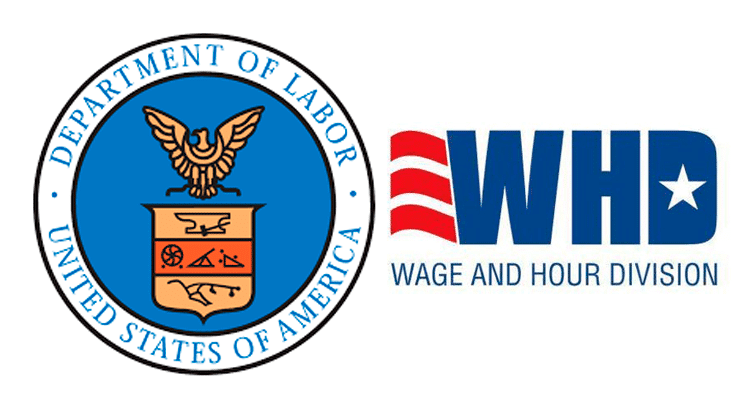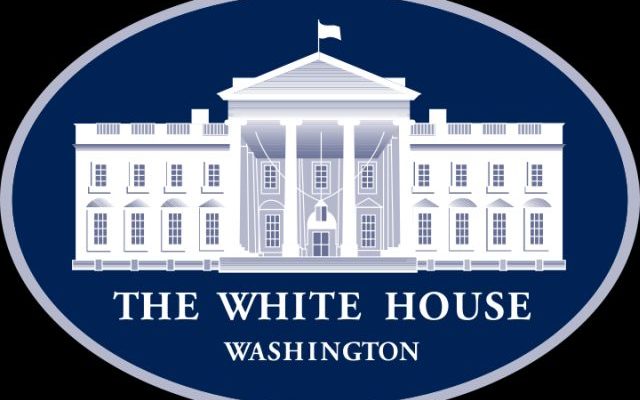The Sun Chronicle
By Karla Walter Oct 20, 2023
The trickle-down strategies of the last several decades — defined by tax cuts for the wealthy — didn’t work and, in fact, led to stagnating incomes for everyone else.
However, the Biden administration’s vision for growth is clear: The Inflation Reduction Act, Bipartisan Infrastructure Law and CHIPS and Science Act chart a new path based on the philosophy that the economy is strongest when it grows from the “middle out and bottom up.”
These sweeping economic laws build out public investment in 21st century infrastructure and support domestic competitiveness in key sectors, all while strengthening protections to ensure new public investment benefits working people from all walks of life.
At times, pundits portrayed Bidenomics as a gamble, but key elements of the laws’ middle-class protections — such as prevailing-wage standards — are proven strategies that raise standards for workers, support law-abiding contractors and ensure the public receives good value for the investments paid for by tax dollars.
The overwhelming majority of the Bipartisan Infrastructure Law, CHIPS and Science Act funds, and the IRA’s tax credit programs are protected by the Davis-Bacon Act — a 90-year-old law that requires corporations receiving federal funds to pay construction workers market — or “prevailing” — wages and benefits.
Prevailing-wage standards, also frequently adopted by state and local policymakers, prevent the government from driving down standards when it acts as a purchaser of goods and services. Private-sector recipients are required to provide workers with wages and fringe benefits comparable to those paid to other similarly placed workers in the region.
Research shows that prevailing-wage laws improve workers’ lives by supporting middle-class pay, ensuring union wage rates are not undercut, expanding health insurance and retirement coverage, and closing the income gap between white and Black construction workers.





